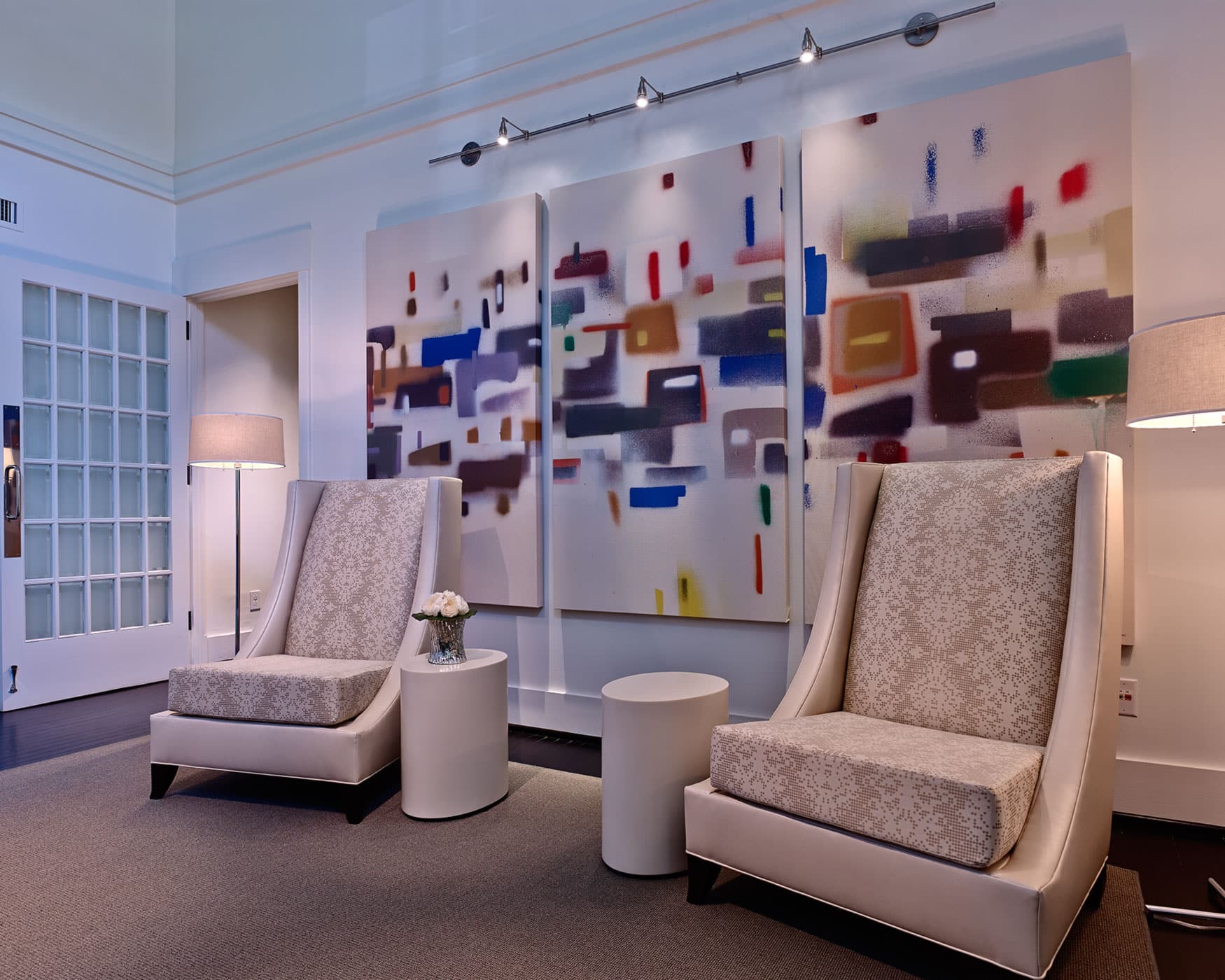Corporate Business Interior Design
Aesthetic and Functional Planning
Corporate interior design is the aesthetic and functional planning of the workspaces of a business. This includes offices, boardrooms, reception areas, and other locations used in the day-to-day operations of companies. As with other areas of interior design, corporate interior design creates spaces that facilitate efficiency, while also being safe and aesthetically pleasing. These environments reflect the unique ethos of the company, while also meeting the needs of the employees and clients. Simply put, this can be crucial for the success of the business, so when it comes to business interiors, the stakes are high. Whether you’re looking to redefine your corporate identity, or are looking to emerge as a competitive professional organization, it’s essential to choose an experienced and skilful interior designer that specializes in this demanding field.
Heidi H. Core, RID, IIDA has an immense range of expertise, and over 25 years of experience working closely with her corporate clients to ensure that their needs are met, and expectations surpassed. To learn more about how Heidi Core Interior Design can transform your space and business interior, contact her Birmingham, Alabama offices. Call (205) 259-8780 or fill out this convenient online form.
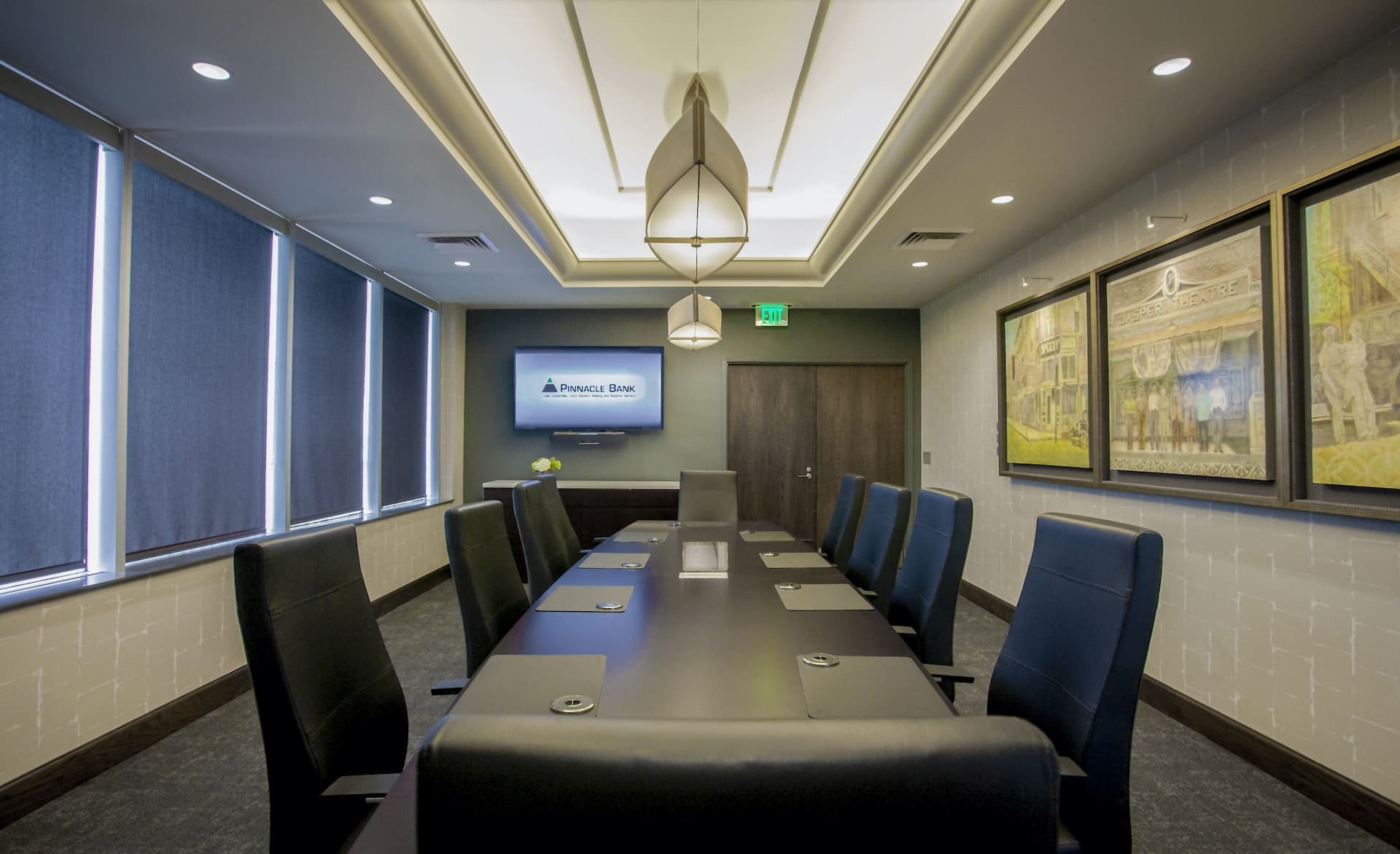
Why Corporate Interior Design Matters
There’s a lot going on in your offices. Business isn’t just a transaction. The physical environment in which you do business not only impacts how well you are able to present and deliver your services, but also how they are perceived. This extends to the physical and emotional health of employees and the confidence and commitment of clients and investors. A successful business interior design creates a positive experience for all involved stakeholders.
Image Is Everything
Regardless of your industry, today’s business climate is competitive. And among the usual suspects of price point, quality of services, delivery speed, unceasing innovation, and technological advances, corporate image is now vying for a spot as a chief consideration. (1)
Your business interior is an essential part of your corporate image. Corporate interior designers are tasked with interpreting what makes your business unique and parlaying that into an appealing and functional environment. Heidi Core spends time with clients learning the values, beliefs, and abilities of the company so that everyone who interacts with your completed interiors is able to walk away with an accurate perception of your corporate identity and confidence in your services.
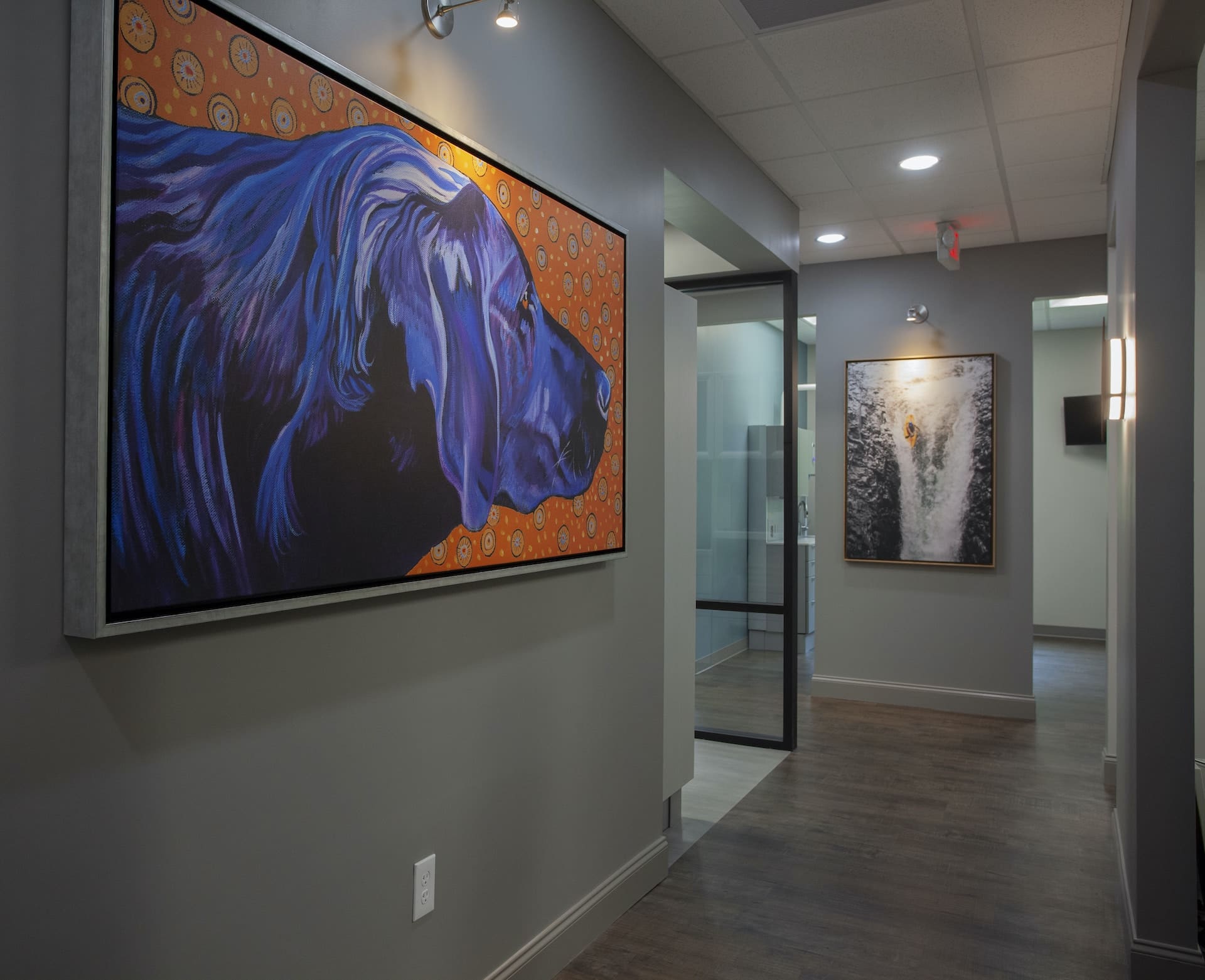
Choosing a Corporate Interior Designer
It’s worthwhile to remember that interior design firms are also businesses, and the importance of a well-established corporate identity also applies to the field of corporate design itself! When choosing a corporate interior designer, the image the design firm projects is just as important as:
- An impressive portfolio of previous projects
- Experience across a wide array of industries
- Proven track record of completing projects on time and within budget
- Ability to interpret and represent the company’s culture in a way that highlights its assets
Heidi Core has completed interior design projects that include both boardrooms and boutiques. Her ability to successfully design across corporate, healthcare, commercial, and hospitality interior design sectors not only shows her versatility and talent but her dedication to showcasing what makes her clients unique.
Value, Satisfaction, and Corporate Identity
Customer satisfaction is one of the many factors that can make or break a business. Your corporate identity plays a large part in how customers perceive the quality of your services, and ultimately decide that doing business was rewarding and will be worth repeating. Business interiors should create an environment that conveys your professionalism while also highlighting what makes your business unique. Setting expectations is just as important as exceeding expectations.
Cognitive theorists and psychologists have studied how customers perceive and expect the quality of services, and how it ultimately influences their satisfaction. One of the leading theories of how this occurs is called the disconfirmation-of-expectation paradigm.
As more and more businesses move away from supplying tangible products and towards information and other intangible services, customers must increasingly base their expectations and perception of value on cues that don’t result from an actual product, but rather how the product or service is being presented, and how those offering the services present themselves- ie. corporate identity. Corporate identity thus becomes the cue that influences how customers assign predictive value, or the quality that they can expect. It also influences confidence value, which is how well the customer believes that they can reasonably expect, and have accurately gauged, the quality that they expect. (2) Having a clearly communicated corporate identity creates the expectations of value that once met, ultimately lead to customer satisfaction.
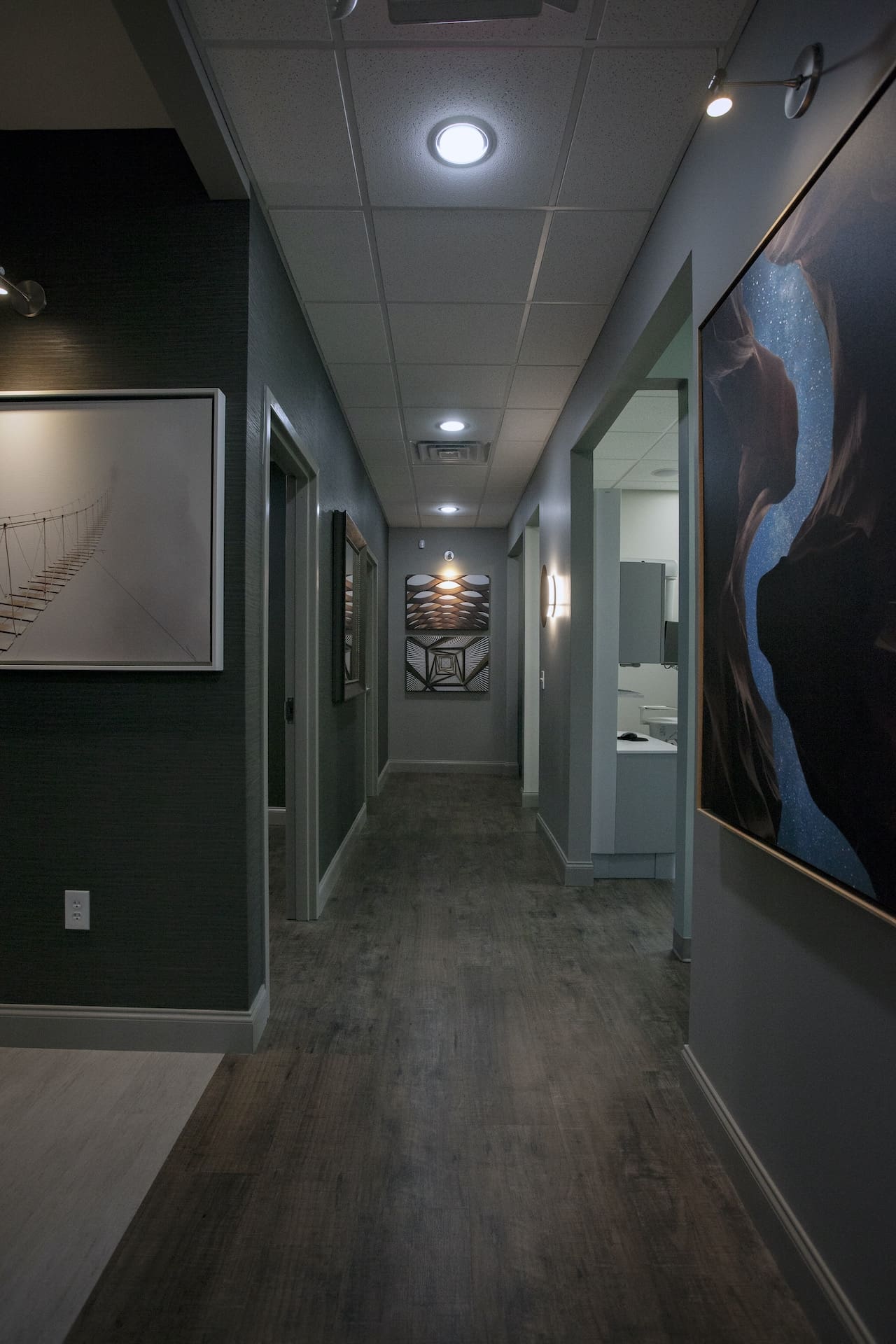
Workplace Well-Being
Interior Designers have many obligations, and ensuring the safety and well-being of the end-users of their projects is one of the most important. In fact, the Council for Interior Design Qualification administers a three-part exam each part of which is focused on public health, safety and welfare. It considers these the moral and ethical responsibilities for interior designers and candidates must pass this exam before earning certification.
Keeping talented employees feeling happy, healthy and valued is essential for optimal productivity, and corporate culture. Today’s employees place value on the overall experience of working with a company, rather than just their salaries. With the ongoing transitions from in-office to remote work and back again, a welcoming work environment is more of an asset than ever.
Corporate interior designers study how individual employees and entire departments interact in order to create layouts for space that enhances well-being and productivity. A well-designed work environment creates avenues for personnel to alleviate workplace stress and fosters collaboration and productive social interaction. And there’s certainly the research to back this up. Job demand-resource theory, and attention-restoration theory are just two of the models that behavioral psychologists use to explain how interior spaces impact performance.
A well-designed workplace eliminates stressors that place additional physical and emotional demands on employees, and would otherwise lead to an exhaustion of their resources and burnout.(3) This could mean including spaces designed for relaxation and socializing, or just ensuring that lighting and noise control contribute to an ambient atmosphere and productive environment. Natural elements such as atria or other plant features have been proven to lower stress, and improve well-being and concentration. In fact, this is the basis of biophilic design, which has become an important part of healthcare interior design today.
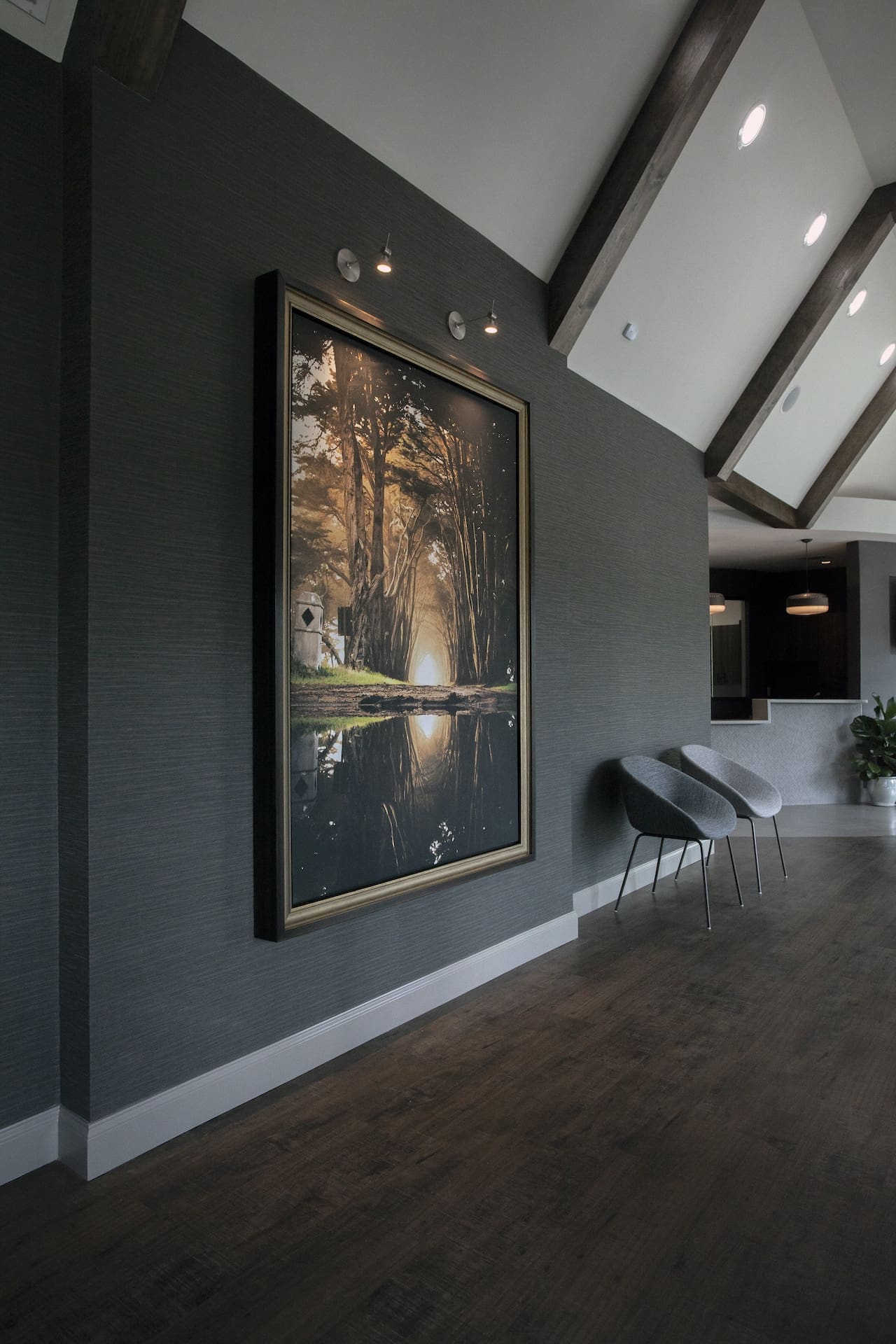
FAQs
References
- 1.Kyurova, V., & Yaneva, D. (2017). Research on the Impact of the Corporate Image on the Competitiveness of Interior Design Enterprises. CBU International Conference Proceedings, 5, 495–498. https://doi.org/10.12955/cbup.v5.973
- Wallin Andreassen, T. and Lindestad, B. (1998), “Customer loyalty and complex services: The impact of corporate image on quality, customer satisfaction and loyalty for customers with varying degrees of service expertise”, International Journal of Service Industry Management, Vol. 9 No. 1, pp. 7-23. https://doi.org/10.1108/09564239810199923
- Colenberg, S., Jylhä, T., & Arkesteijn, M. (2020). The relationship between interior office space and employee health and well-being – a literature review. Building Research & Information, 49(3), 1–15. https://doi.org/10.1080/09613218.2019.1710098
- FRIEDRICHS, E., & FAIA, F. (2002). Growing a profession. Interior Design handbook of professional practice. New York: McGraw-Hill Education, 4-25.
